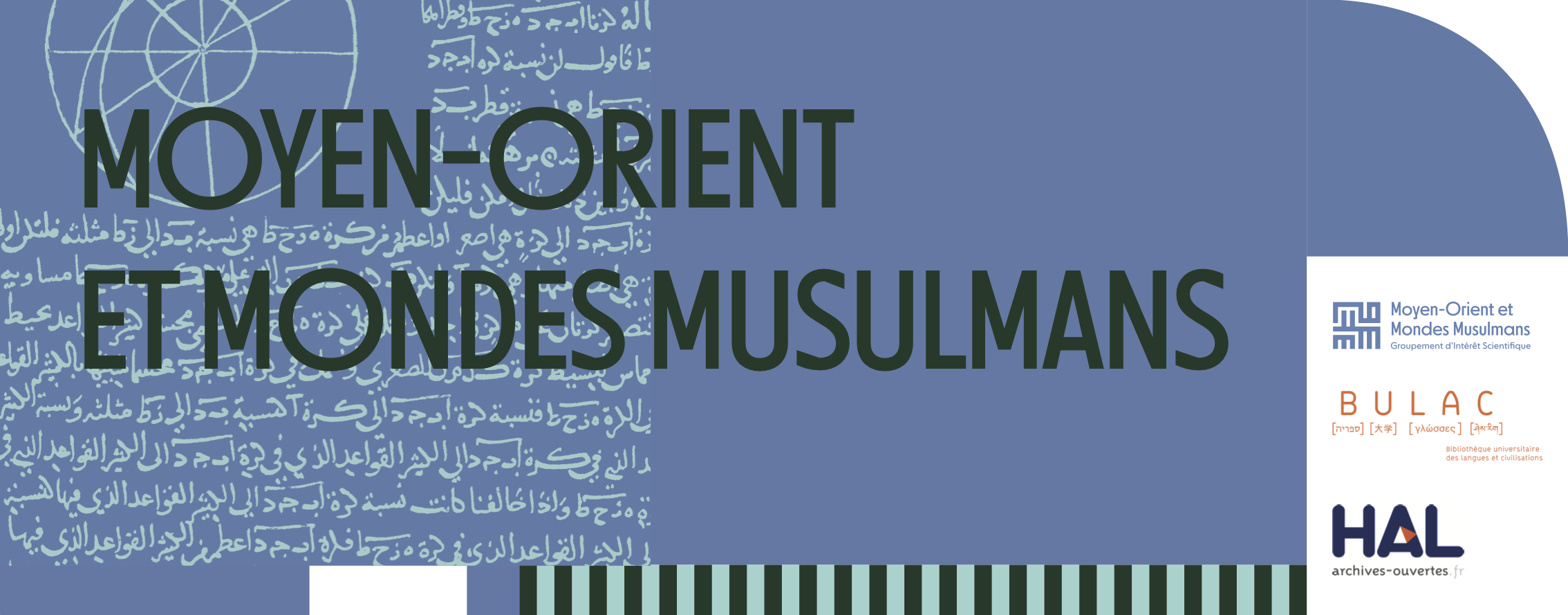Evaluating a dentin exposure proxy for wear rates estimations on mesolithic and neolithic populations from the near East and the Iberian Peninsula: A comparative analysis
Résumé
A new statistical proxy of analyzing dentin exposure rates of molar teeth, proposed as a reliable indicator for inter-population comparisons, was tested in relation to dietary habits and socioeconomic practices in ancient human populations from Mesolithic and Neolithic periods in the Near East and the Iberian Peninsula (Portugal and Spain) with distinct patterns of food production and ecological constraints. The comparisons of wear rates among groups provided distinct regressions models consistent with previous dietary hypotheses, independently from the age distribution of specimens within the samples. We found clear trends in wear rates among timeperiods and socioeconomic practices. Dentine exposure rates between molar eruption ages showed higher values for the Mesolithic, mainly hunter-gatherer populations than the Neolithic, agriculturalist ones. The modern and contemporary samples showed the lowest wear rates, while the Natufian specimens showed dentin exposure rates more closely resembling the posterior Neolithic than the contemporaneous Mesolithic samples from the same geographical area. Overall, the 3D dentin exposure rates proxy allowed the comparison of archaeological, scarcely represented samples, offering clear insights into hypotheses testing in relation to dietary habits, lifestyle shifts through time, or ecological constraints in the transition from a predominantly hunting and gathering lifestyle to a settled, agriculture-based Neolithic society.
| Origine | Publication financée par une institution |
|---|
